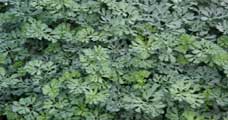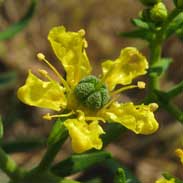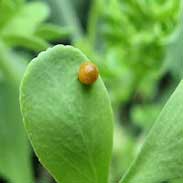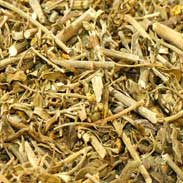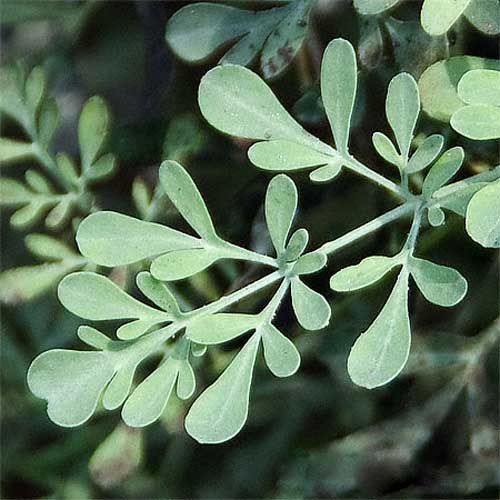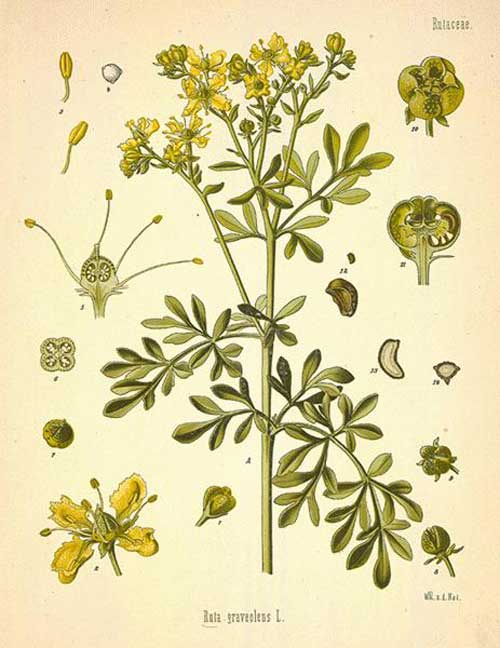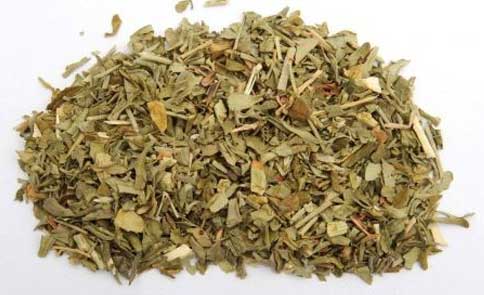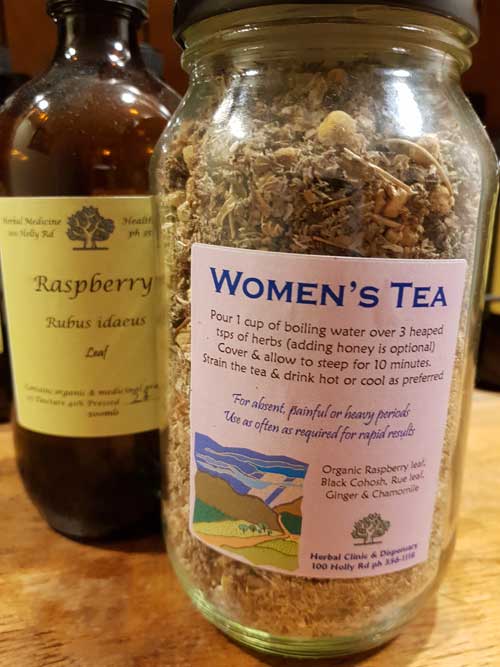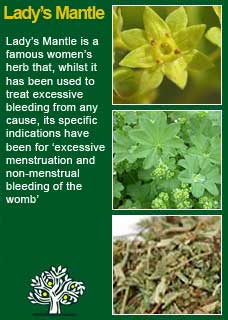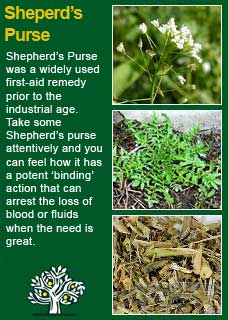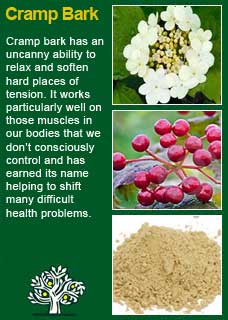
|
|
||||
| Our Pages ABOUT CONSTITUTIONAL MEDICINE
|
Rue is a shrub like plant that was originally imported from the Mediterranean region; lemons, oranges and tangerines belong to the same family of plants. In herbal medicine, when needed, we use the leaves of this hardy, perennial with its strong, distinctive aroma and taste.
Thomas Bartram says, 'Rue is for the suppression of menses from cold or shock and to promote menstrual flow after months of absence'. Rudolph Weiss says that Rue is an effective emmenagogue (agent to bring on menstruation) nonetheless it should only be prescribed for short term use and he recommends that it be generally combined with a laxative for the best effects. Simon Mills writes 'Rue is for bronchial and croupy conditions and for amenorrhoea (absence of the period) when pregnancy has been positively excluded.' H Felter writes 'acting strongly upon the uterus, it may be given in amenorrhea due to atony, but the dose must be small lest an inflammatory action be induced' Maude Grieves writes 'If a leaf or two be chewed, a refreshing aromatic flavour will pervade the mouth and any nervous headache, giddiness, spasm, or palpitation will be quickly relieved'. King's Dispensatory writes 'Rue is emmenagogue, anthelmintic, and antispasmodic. In large doses it seems to be a narcotico-acrid poison. It is asserted to cause abortion, and such effect is accompanied with inflammation of the stomach and bowels, with cerebral disturbance. Among the symptoms are retching and vomiting, violent pain in the stomach, headache, cerebral oppression and fullness, hot flushes, uncertain locomotion, somnolence, prostration, pulse feeble, at first rapid, then slow, coldness and twitching of the extremities, and frequent desire to pass urine, which is strongly impregnated with the peculiar odour of rue. Its action is chiefly directed upon the uterus, and is capable of exciting menorrhagia, inflammation, and miscarriage. It has been successfully used in flatulent colic, hysteria, some nervous complaints, epilepsy, and as an excellent vermifuge. Rue is a stimulant to the genito-urinary tract, and, in small doses, might prove a remedy in atonic conditions of these parts. Owing to its affinity for the nervous system, it relieves irritation and pain when administered in small amounts' The British Herbal Pharmacopoeia (BHP) describes Rue's actions as spasmolytic, emmenagogue & antitussive and says it is indicated for atonic amenorrhoea. The BHP suggests a dose of 0.5-1 gm or by infusion or a dose of 0.5-1 ml of the ethanolic extract up to three times a day.
The name Ruta is from the Greek reuo (to set free) because this herb was so revered in ancient times. The Greeks regarded it as an antimagical herb because it served to remedy the indigestion they suffered when eating before strangers, which they attributed to witchcraft. Hippocrates especially commended it and in constituted a chief ingredient of the famous antidote to poison used by Mithridates. The Romans claimed that eating it granted the gift of second sight or psychic vision and Pliny wrote that painters and carvers ate Rue to improve their eyesight. Musket balls soaked in Rue were said to always hit their target. Rue was used in rituals involving curses and the popular expression 'you will rue the day' originated in the folk belief that it was a plant of misfortune, but it was also said to be a protection against the evil spells of witches and Rue was once used by the Roman Catholic Church in the ritual of exorcism! Traditionally Rue was said, like Rosemary, to be a powerful antidote to the bubonic plague. When in 1760 a rumour spread through London that plague had broken out in St Thomas's Hospital and before the doctors could issue a denial the cost of Rue at Covent Garden doubled in price. Gerard wrote 'if a man be anointed with the juice of Rue, the poison of wolf's bane, mushrooms, or toadstools, the biting of serpents, stinging of scorpions, spiders, bees, hornets and wasps will not hurt him.'
~ Rue contains a furoquinoline alkaloid called skimmianine that has been shown to cause a direct stimulant effect to uterine tissue. In the correct dose this may help to bring on the menses but used irresponsibly it can lead to violent gastro-intestinal pains and vomiting. ~ The authors, titles and the 'where-and-when' published of a handful of studies and articles on Rue are listed in a PDF found here
The essential oil of Rue is a powerful local irritant that can cause redness, swelling and even blistering of the skin, handle with much care!
For some years now, against this proven and safe way of herbalism, there has been a rising tide of excessive caution and scare-mongering in many parts of the world. The same authorities that, not so long ago, decried herbal medicines as ineffectual, have now taken up a different adversarial position; that they are dangerous substances that should only be prescribed by Doctors, who of course have zero training in them. Unfortunately, the same unnecessary fear and worry has crept into many natural health websites and popular publications on herbs. Herbs that we have safely used for thousands of years, that have no reports of adverse reactions in the medical literature despite widespread use by millions of people, are suddenly described as contraindicated because of something that should have been seen as completely unimportant, or at the utmost a merely theoretical concern, such as a laboratory study on one of the herb's constituents to use an all too common example. I wonder sometimes if the writers of such articles feel that the herb will be more deserving of respect if it is thought to be a little bit dangerous, in other words more like a drug than something that has simply come out of the earth and been used by ordinary people for generations beyond count. There is just so much misinformation about herbal medicine on the internet now. Ludicrous claims and cautions abound in equal measure; it seems like one group are trying to make money out of the public whilst the other are busily trying to scare them off. I have to believe that the kind of reader who takes the time to read pages on herbs that are as extensive as this one is much less likely to be swayed by marketers or misinformers. I hope that you will keep your wits about you if you get conflicting opinions from people who have never really got to know these herbs, who have never worked with them, or learned how to use them safely and effectively. I want to remind you that the reason that herbs can never be patented and owned by any individual or corporation is because they are, and always will be, the People's medicine. They belong to all of us and it is my great hope in sharing this work that you will learn how to use them wisely for yourself, and the people you care for. Be safe, but do not be afraid.
To achieve a rapid result with Rue I would be more likely to use a tincture than a tea. We make our own Rue tincture from dried organic herb so it's not possible to convey what would be a safe dose using a different method of extraction, let alone what kind of starting material another product may have used, but for what it's worth I find that doses of just 1-2 mls, either 2 or 3 times a day, to make a total of not more than 4 mls of Rue tincture within a single day have been efficacious. For example, this might mean taking just 1ml or 20 drops of Rue tincture by itself or with other herbs 2 or 3 times daily to make a total of 2 or 3 mls in a day. Or a maximum of 2 mls twice a day to make 4 mls in the day. Much of my personal experience with Rue has been to use it in the dried form as a combination tea that we make in our clinic called 'Women's tea. The dose of Rue in this tea equates to only about half of one gram and it can be safely taken up to 3 times a day with no worry whatsoever about the chance of adverse effects. Many women have found this tea helps them with absent, painful or overlong periods or with pain or cramping in their uterus from other causes, and they are encouraged to use it as freely as needed. The recipe and instructions are written up here Rue can combine particularly well with Lady's mantle, for a weakened uterus, with Shepherd's Purse for heavy periods and with Cramp bark for painful periods.
Much of the information here about the traditional uses of Rue is consistent with the model of thinking whereby one may treat problem A with plant B. There is value in this approach, especially in how it helps us pass on useful knowledge to one another, but it falls short in one vital area; and that is that people are not all cut from the same cloth! Something that works brilliantly for one person may do less for another -- why is this? Part of the reason is that people vary in their constitutions as to whether they are either hotter or cooler and, at the same time, either dryer or damper. This useful and rather fascinating subject is introduced further here Another big part of using the right herb when it is most needed comes from understanding the need to treat what is going wrong for the person that had led up to their getting a health condition. In this light, Rue can particularly offer its benefits when an activation is needed in the 'cycle of healing', more about this here
Please understand that I cannot advise you, including on products or dosage, without seeing you in person in my clinic but for ideas
on how you might find a good herbalist in your area read here |
|
|
© 2011 R.J.Whelan Ltd
